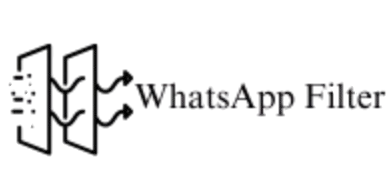Advanced Techniques to Win Featured Snippet, Answer Box, or Position 0… there are plenty of articles on how to achieve that coveted position to appear at the top of the SERP. Most of these articles cite the following techniques:
Adapt content to explicitly Advanced Techniques to Win respond to user requests
- Adapt the content to target the questions: how, when, what, who…
- Write the best possible answers (quality content).
- Include strong external links.
- Have good social interaction.
- Structure the page with Heading/Paragraph combinations.
- Make lists and tables in HTML.
- Include images.
All of these techniques are useful, and you should implement them if you’re aiming for Position 0. But chances are your competitors have already started implementing them.
In this article, I’ll share some little-known, yet powerful techniques to help you gain a competitive edge and get the Featured Snippets you deserve.
Semantic HTML5 Techniques for Position 0
Simply put, semantic HTML5 tells crawlers what each part of a page does. This allows Google (and Bing) to prioritize content: paying less attention to related information, navigation, footers, etc., and focusing more on the main content.
In a few years, structural semantic HTML5 will be the special lead bare minimum for any positioning strategy on search engines like Google and Bing. But semantic HTML5 is already very powerful today. When my clients implement it correctly, I always see small improvements in their rankings.
Identify the main content of a page
In the examples below, the <article> tag encompasses the main content. It’s VERY easy for Google to isolate, prioritize, and extract it.
Even with this simple implementation, you’re making Google happy. Do it now… Google helps those who help it.
Identify multiple potential Featured Snippets on a single page
By adding multiple sections within an <article>, you’re indicating why optimize It for seo that this main content contains different, distinct parts that Google can use to provide Q&A. Put a <section> tag around each part.
Provide an anchor and #id section
You may have noticed this detail in the example above. Adding IDs to sections, with navigation that uses them as anchors, is a very good idea, since it allows fax marketing Google to extract these sections and display them in Featured Snippets:
A Featured Snippet from a <section> element on the page.
Note that the page also uses Schema structured markup (see below).
